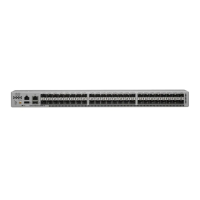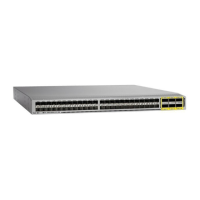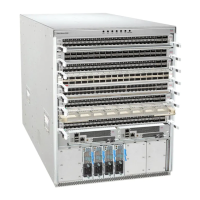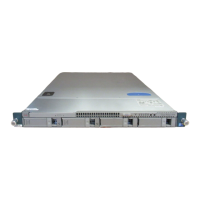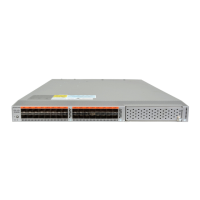397
Cisco Nexus 3548 Switch NX-OS Unicast Routing Command Reference
OL-27852-01
Chapter Unicast Routing Commands
vrf context (Layer 2)
vrf context (Layer 2)
To create a virtual routing and forwarding (VRF) instance and enter VRF configuration mode, use the
vrf context command. To remove a VRF entry, use the no form of this command.
vrf context {name | management}
no vrf context {name | management}
Syntax Description
Command Default None
Command Modes Global configuration mode
Command History
Usage Guidelines When you enter the VRF configuration mode, the following commands are available:
• exit—Exits from the current command mode.
• ip—Enables configuration of IP features.
Additional commands available in IP configuration mode:
–
domain-list—Adds additional domain names.
–
domain-lookup—Enables or disables DNS lookup.
–
domain-name—Specifies the default domain name.
–
host—Adds an entry to the IP hostname table.
–
name-server—Specifies the IP address of a DNS name server.
–
route—Adds route information by specifying IP addresses of the next hop servers.
• no—Negates a command or set its defaults.
• shutdown—Shuts down the current VRF context.
This command does not require a license.
Examples This example shows how to enter VRF context mode:
switch# configure terminal
switch(config)# vrf context management
switch(config-vrf)#
name Name of the VRF. The name can be a maximum of 32 alphanumeric
characters and is case sensitive.
management Specifies the management VRF.
Release Modification
5.0(3)A1(1) This command was introduced.
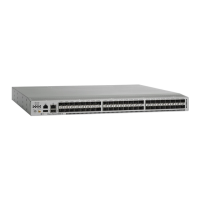
